Cover image: Aisling Leprechaun by Quinton Hoover
Today is St. Patrick’s Day! People familiar with U.S. culture know well enough that on St. Patrick’s Day, everyone is “Irish,” even if we’re not. In my family, I celebrate my wife’s and children’s Irish heritage by cooking them Irish-immigrant food—which is essentially kosher food appropriated by immigrants because it was cheaper at the time: corned beef and cabbage. We also tell stories of the saint and I always get a mind to think of a St. Patrick’s Day themed deck.
Chulane, Teller of Tales at the head of Kithkin tribal was my go-to choice when I had this idea last year, but while uncommon, I’m hardly the first to think of that one. Because this listing exists already, rather than give you a deck tech, I’ll leave you with some ideas for this deck and maybe some others that you can drop into your own existing or new St. Patrick’s Day brews!
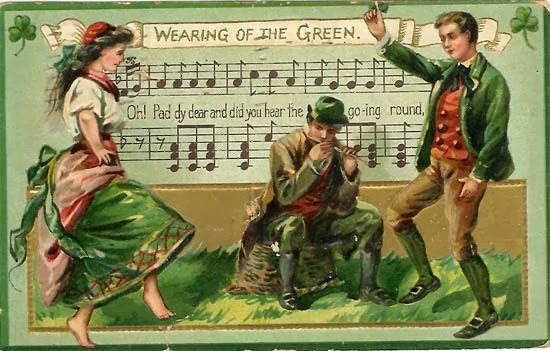
The Wearing of the Green
Let’s begin with a great tradition—wearing green! Wearing green on St. Patrick’s Day has always been one of the chief ways I observe the day, and I remember the ominous threat of pinching at school if one forgot! This deck idea is 100% a festive meme, but lets see where we go with it, eh?
Whether you’re playing old school (93/94) or regular, casual EDH, there are some fun and janky ways to make sure your opponents are observing the day with the proper amount of festive attire:
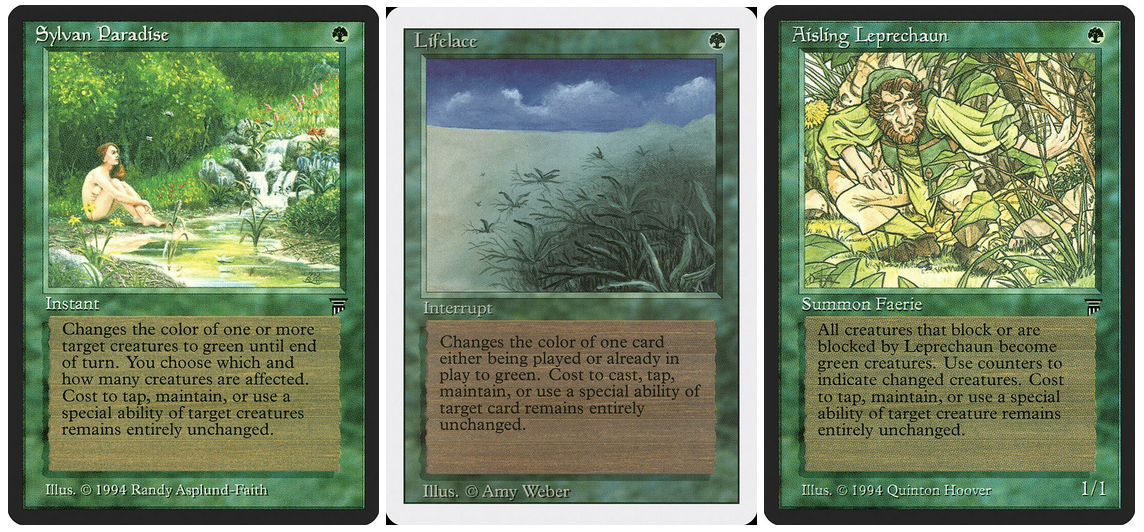
Sylvan Paradise is an incredibly efficient way to turn the entire board into a horde of St. Patrick’s Day revelers, while Lifelace offers us a one-off effect that can affect a spell as it’s being cast.
Aisling Leprechaun is a super flavorful (because of Irish folklore) inclusion here that has the same permanent effect on creatures that it blocks or that block it. Combine it with Lure to swing into all of your opponent’s creatures, turning them green, then Fog to keep the Aisling Leprechaun alive to do it again! Rejoice in the jankiness of this five-mana, three-card combat trick that accomplishes nothing but making creatures change color!
Now that we’ve got our opponents’ creatures and spells in green attire, we ought to make that benefit us in some way. For a St. Patrick’s Day theme, I’ve chosen to splash white: it’s the color of religious zeal for much of Magic’s history, a zeal that certainly the real St. Patrick had. That lets us grab color-based protection effects, like Circle of Protection: Green and Green Ward. So long as we have mana, we can prevent damage from all of our opponents’ creatures, which are green.
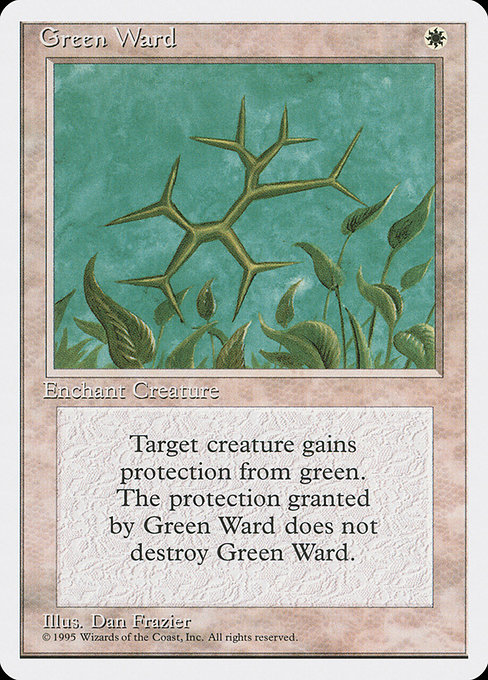
But how can we fit this into a deck?
If we stay with 1993/1994 Commander—a very niche and low power format, I admit—our options are limited to about 15 commanders! In white-green, our list of commander staples (ramp, draw, removal) is fairly short. I’ve compiled a selection of some of the greatest hits in white and green here, which can make for a great head start if this is a route that interests you.
We’re of course free to drop this into a garden variety EDH deck as well, like Bant Faeries, which could also run these cards as a second fiddle to Painter’s Servant (and yes, Grindstone). Since we aren’t trying to optimize our deck, we can also pair this small selection of cards with my next idea, a more sizable grouping centered around the adventure mechanic.

Saint Patrick Catholic Church (Junction City, Ohio)—stained glass, Saint Patrick detail
The Lucky Clover, Over and Over
There’s no evidence that the shamrock, that imperfect metaphor for the Christian Trinity, became associated with St. Patrick until the 17th Century. Technically, a “lucky” clover is four leaves instead of a shamrock’s three, but that won’t stop us from having our fun.
Adventures are an under-supported mechanic, as far as EDH is concerned, but in a weaker metagame, the value that they provide can be extreme. This is especially so when paired with a copy effect like Lucky Clover and an engine that rewards you for playing them like Vega, the Watcher and Edgewall Inkeeper.
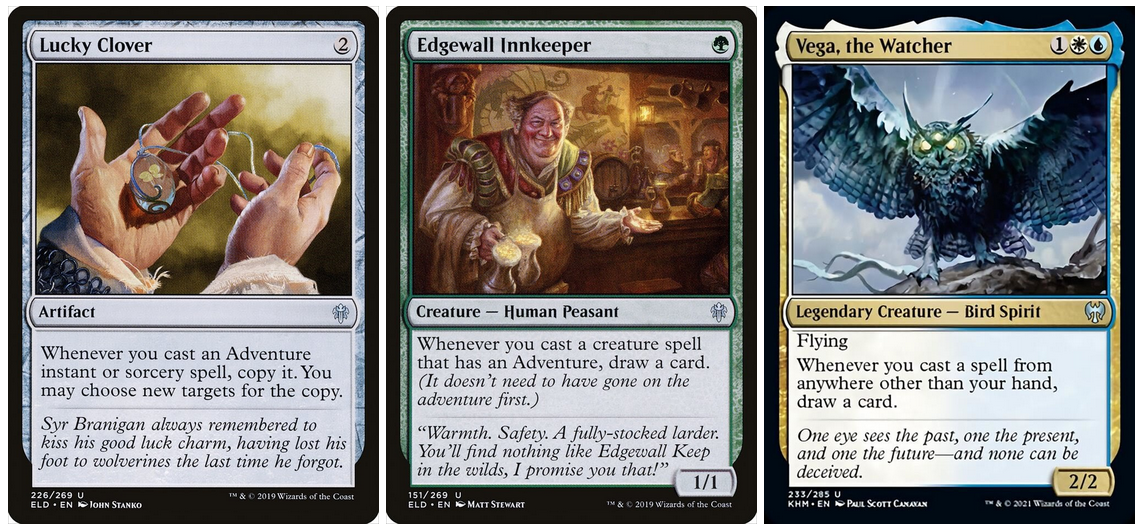
The payoffs here suggest a Bant deck, and Bant indeed has the largest quantity of adventure cards and payoffs by sheer numbers. We get ramp with Beanstalk Giant, a board wipe with Realm-Cloaked Giant, a counterspell in Hypnotic Sprite, and the ability to bounce permanents in Brazen Borrower and Shepherd of the Flock.
The Adventure cards and the cards they synergize with will provide us with some card draw, ramp, and removal, so we’ll want to be able to find those pieces as quickly as possible. Tutors like Fabricate and Eladamri’s Call can help us get to our value engines as swiftly as possible.
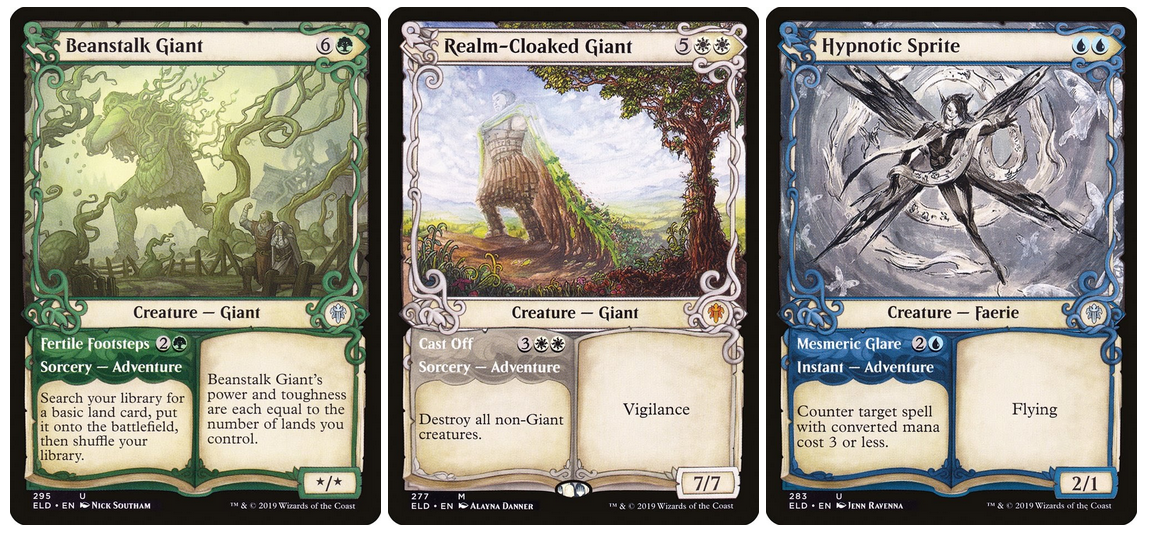
Because Vega synergizes not only with Adventure but also foretell, flashback, jumpstart, and the like; adding cards like Sevinne’s Reclamation, Moment’s Peace, and Saw It Coming give us extra value if we need to return the lucky clover from the graveyard or protect our owl friend from targeted removal or combat damage.
Since we’re in Bant, we could run Chulane at the helm, but I might also suggest Amareth, the Lustrous if we want to tone down the value a notch, or Rubinia Soulsinger if we want a very flavorful faerie queen commander.
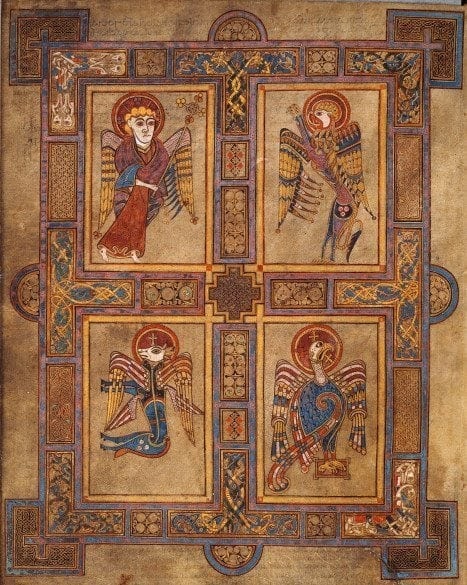
Image from the Book of Kells
The Book of Kith and Kin
Speaking again of Chulane, Magic’s appropriation of real world cultures has included some very direct references to Irish history and folklore, not least of which is Chulane, Teller of Tales. While not a renowned warrior, Chulane is surely named for Cú Chulainn, the foremost hero of the Ulster Cycle, who in later tales is said to have been summoned from the afterlife as a miraculous sign by St. Patrick, in Patrick’s efforts to proselytize King Loegaire.
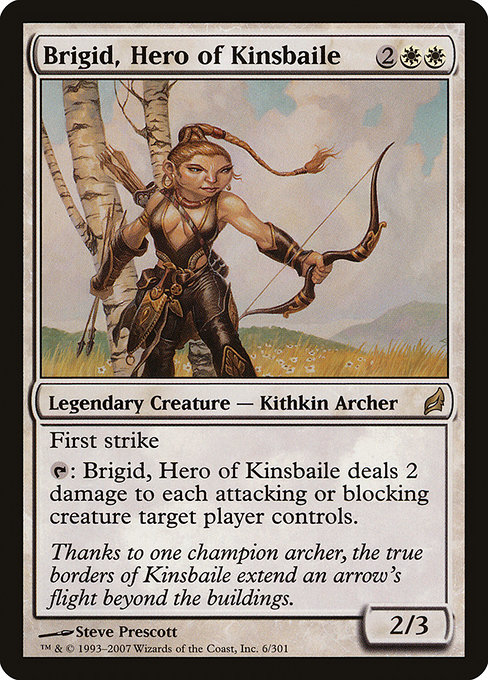
The Lorwyn block features a few more overt references. Brigid, Hero of Kinsbaile bears the name of both a Christian Saint and the pre-Christian goddess, whose attributes were sort of folded into the story of St. Brigid of Kildare. Gaddock Teeg, like Chulane, bears an alternate spelling of an Irish name. “Tadgh,” sometimes anglicized as “Teague,” is a name that has been used as both a Hibernophobic slur and an ironic self-identifier for Irish Catholics, so this was yet another curious choice in a long list of curious choices by Wizards.
What Chulane Kithkin Tribal suggests is a powered down but still efficient Chulane deck—playing low-cost creatures as a means of ramping into playing more and more permanents and winning via an overwhelming board state. Additionally, Gaddock Teeg and other Kithkin play well with cards like Meekstone, Retribution of the Meek, Dusk // Dawn, and Citywide Bust that punish battlecruiser creatures and privilege keeping our power and toughness low. EDHRec has a page noting the choices some other folks have made for this iteration of Kithkin Tribal, but here are my picks for further flavorful inclusions.
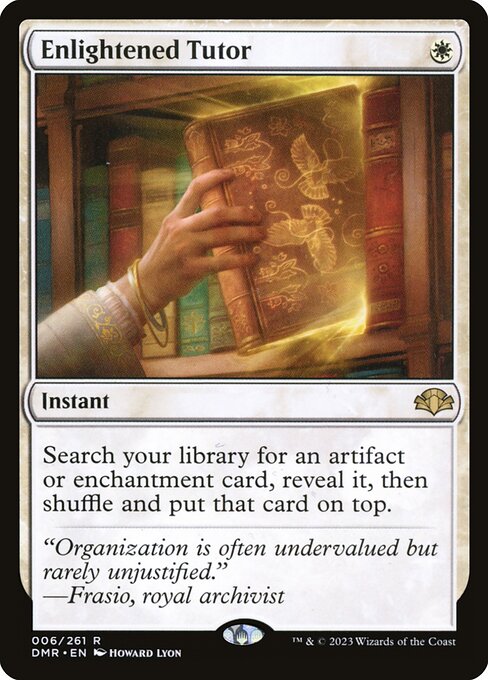
First, let’s put the book of Kith and Kin in here from Enlightened Tutor, and its art reference on Idyllic Tutor. The Book of Kells jumps to mind as a possible inspiration here, and while the 9th century text postdates St. Patrick by four centuries, Celtic Christianity certainly owes a lot to Patrick. I’ve written on Idyllic Tutor before, and the spirit of the card is perfect for the aesthetic or mood of Celtic spirituality.
We’ll need something to fetch with these tutors, however. The Great Henge is a flavorful pick that reflects the monuments of ancient Ireland; it gives Chulane even more value, perhaps unnecessarily. We can consider enchantment creatures like Theros’s Gods: Karametra, God of Harvests has similarities to the goddess Brigid; and Heliod’s close enough to “Helias,” the name of the sun to which Patrick once cried for help during his enslavement and identified as synonymous with his God. If we wanted to bring out the “story” side of these books, Fable of Wolf and Owl will keep our battlefield full of small creatures, and we can grab sagas like Fall of the Imposter or Elspeth Conquers Death for delayed or immediate removal. Chulane is the Teller of Tales, after all.
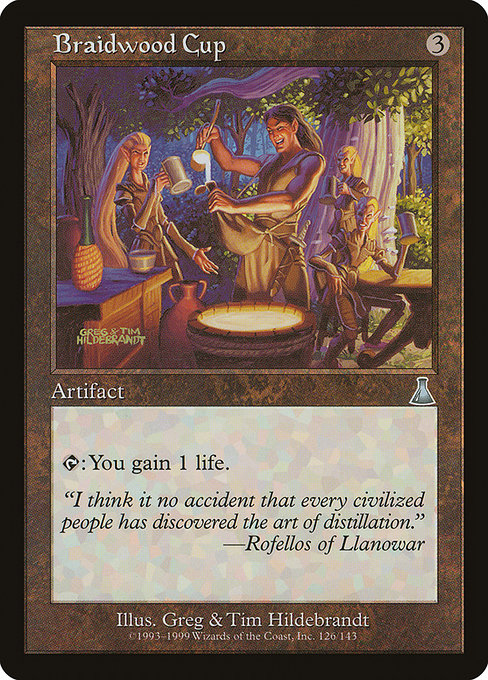
The Parting Glass
Whether you’re making your opponents’ creatures wear the green, taking Lucky Clover on adventures with faeries and giants, or leaning heavily into references to Irish history and folklore, I hope you’ve enjoyed these seeds for new and flavorful decks. If you enjoyed this take on festive decks, look me up at @jacobtorbeck and let me know what you think. Until next time, “Fill to me the parting glass / And drink a health whate’er befalls / Then gently rise and softly call / Good night and joy be to you all.” Sláinte.
Jacob Torbeck is a researcher and instructor of theology and ethics. He hails from Chicago, IL, and loves playing Commander and pre-modern cubes.

